Mashroo3k Economic Consulting Company offers a feasibility study for a women’s center project in Yemen, with the highest return on investment and the best payback period. This study is based on a series of in-depth studies of the service sector in Yemen, an analysis of customer preferences and the strategies of local and foreign competitors, and the provision of competitive pricing.
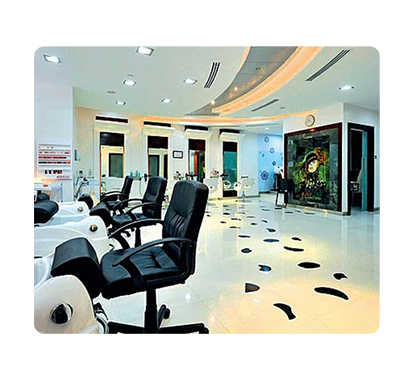
The Women’s Center project aims to meet all the services and needs of women. It includes a women’s café, a women’s lounge, a dedicated training workshop, a meeting room, a women’s printing and photography center, and a kindergarten.
Mashroo3k Company provides investors interested in investing in a women’s center project in Yemen with a set of specialized feasibility studies based on updated databases specific to the Yemeni market. This helps ensure the project’s success, achieves the highest return on investment, and provides the best payback period.
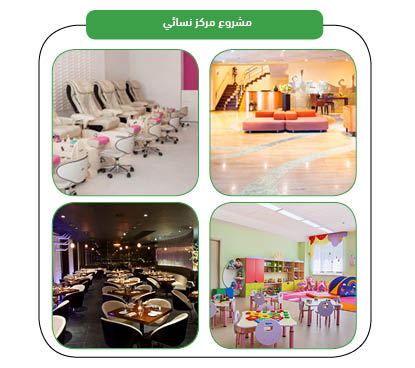

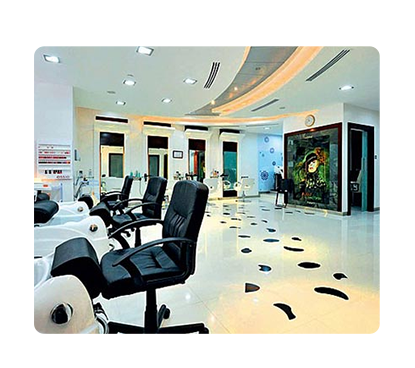
Availability of a distinguished professional staff
Services provided in a sophisticated, advanced manner
Diverse services offered by the women’s salon
A sufficient number of workers
Availability of some salon-specific services
Distinctive location of the women’s salon
Executive summary
Study project services/products
Market Size Analysis
Risk Assessment
Technical study
Financial study
Organizational and administrative study
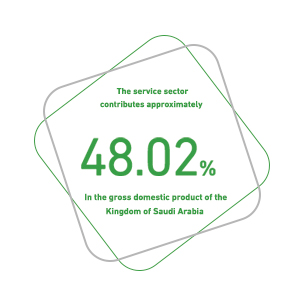
Believing in the role of the entertainment sector in building non-rentier economies, Mashroo3k Economic and Management Consulting Company will present the following key sector indicators in the Gulf Cooperation Council (GCC) countries:
According to the latest statistics, there are 306 museums in the GCC countries, with 6,032,840 visitors.
There are 11,119 hotel establishments in the GCC countries.
In the Kingdom of Saudi Arabia,
There were 690 entertainment events, held over 9,784 days. These events were attended by 34,699,458 people.
There are 33 museums of archaeology, history, and heritage.
There are 195 private museums.
There are 8,499 archaeological sites, with 178,020 annual permits issued to visit these sites.
The entertainment sector is expected to contribute 4.2% of Saudi Arabia’s GDP in the coming years.
United Arab Emirates
According to the latest statistics, the number of museums has reached 41, and the number of visitors to these museums has reached 2,322,807.
There are 260 public parks.
In the Sultanate of Oman:
The number of museums has reached 12. The number of visitors to these museums currently exceeds 408,000.
In the Sultanate of Oman, there are 51 forts and castles, and the number of visitors to these castles and forts has reached 427,000.
In Qatar:
Looking at Qatar, we find that its sports facilities have reached 291. The largest number of these facilities are football stadiums, with 90, followed by indoor halls, with 37.
There are 99 cinemas, with a seating capacity of 14,108. According to the latest statistics, the number of films shown in these theaters reached 3,549.
The total annual number of visitors to museums and exhibitions in Qatar is 1,038,470.
In Kuwait:
The number of visitors to the Kuwait Tourism Enterprises Company, which provides numerous entertainment and recreational services, reached 1,308,514.
The number of visitors to museums in Kuwait reached 108,987.
There are 814 libraries in Kuwait, with a collection of more than 2,087,513 classified books.
GCC governments seek to improve the quality of life and provide a high level of well-being for the region’s citizens. To achieve this, they invest in the entertainment sector. In recent years, we have seen how these governments have adopted initiatives aimed at increasing the number of parks, live entertainment, and promoting the visual and audio arts.
The GCC leisure and hospitality construction market is expected to reach $642.3 billion by 2023, up from an estimated value of $466.9 billion in 2019.
According to the United Nations World Tourism Organization, the GCC is poised to welcome 195 million visitors by 2030.
Global Entertainment Sector
In 2021, the global entertainment and media market was valued at $2.34 trillion, and it is expected to grow at a compound annual growth rate (CAGR) of 4.6%, reaching $2.93 trillion by 2026.
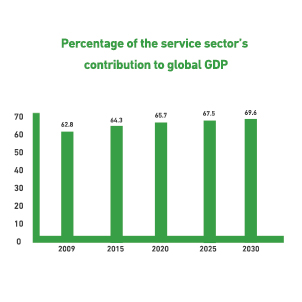
By 2030, the global value of education as an industry will reach US$10 trillion.
By 2024, the value of online education worldwide will reach US$247.46 billion.
The AI education market will expand at a compound annual growth rate of 36% from 2022 to 2030.
In 2000, the number of students worldwide was approximately 657 million, and this number increased to 739 million in 2019.
In 2000, the number of secondary school students was approximately 452 million, and this number increased to 601 million in 2019.